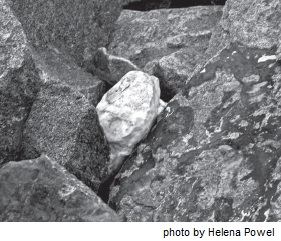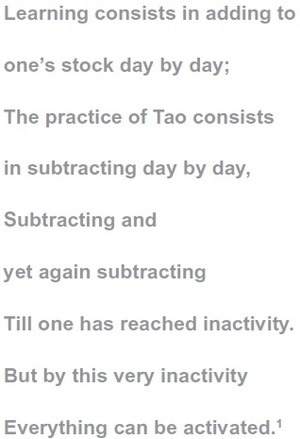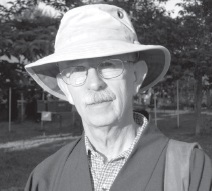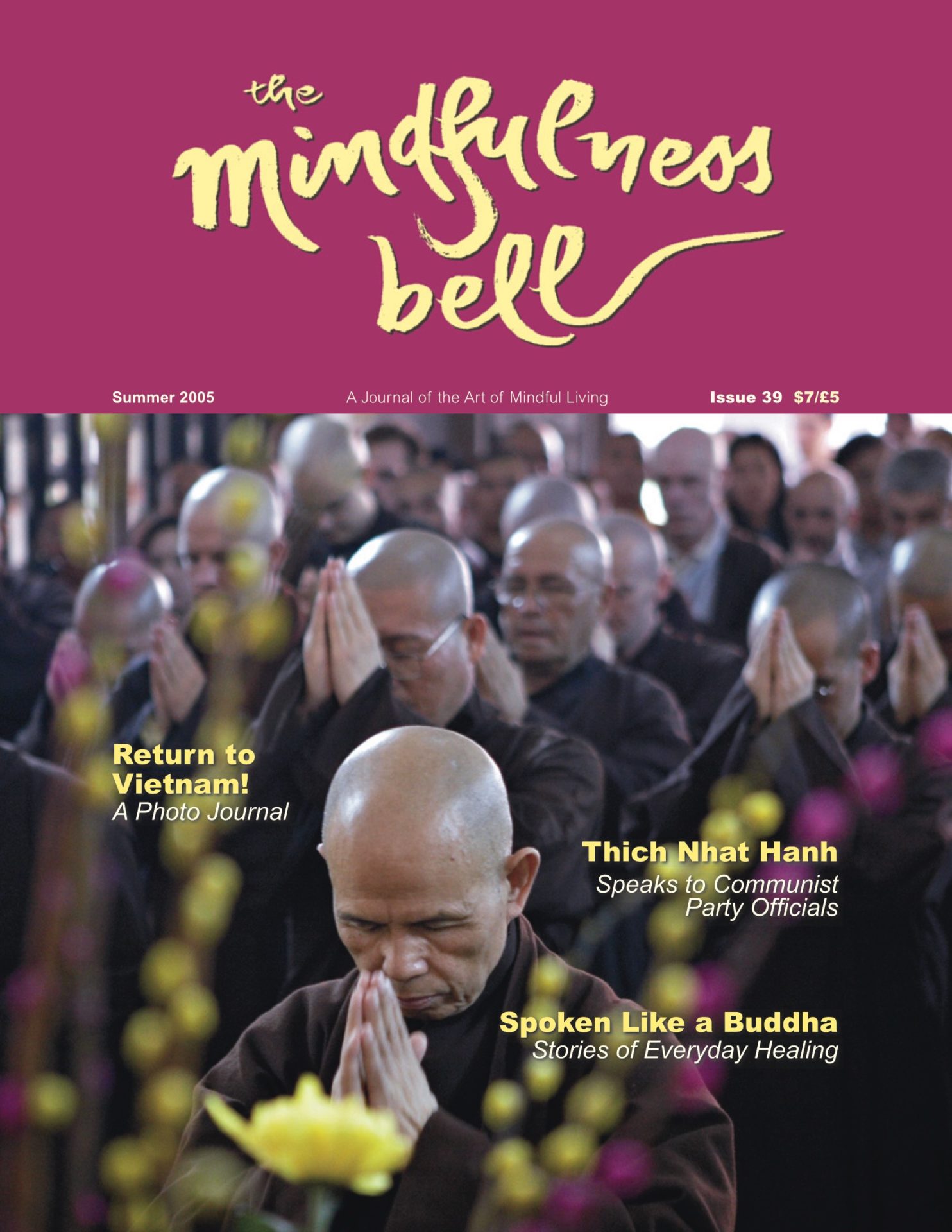Learning to Let Go of Material Possessions
By David Percival

My mail today brought another pile of catalogs including the latest shiny, slick catalog of expensive Buddhist items. Everything I need is here: huge Buddhist statues, including one for my garden for only $998, the tea sets, the bells and wind chimes, jewelry, lamps, and furniture. I lose myself in the catalog briefly, then breathe and sit silently for a few minutes,
Learning to Let Go of Material Possessions
By David Percival

My mail today brought another pile of catalogs including the latest shiny, slick catalog of expensive Buddhist items. Everything I need is here: huge Buddhist statues, including one for my garden for only $998, the tea sets, the bells and wind chimes, jewelry, lamps, and furniture. I lose myself in the catalog briefly, then breathe and sit silently for a few minutes, and then move on. How easy it is to get caught up in the endless and relentless schemes to consume and acquire things of “value,” being persuaded that some purchases can enhance your practice, make your life better, or take you closer to enlightenment. We are regularly assaulted by an incredible array of catalogs, ads, ploys, and attempts to get us to spend and consume. There is nothing in today’s catalogs I want or need.

Thich Nhat Hanh speaks of the freedom of monastic life, that you don’t own anything, that you don’t need anything. In Stepping Into Freedom, he says, “If you are caught in the net of attachments, you will not have time or energy to practice or to serve others.”
What a contrast to our consumer-oriented acquisitive life where we seem to want and need everything. Our capitalist system is fueled by out-of-control consumerism. Much of our economy is built on greed and on advertising designed to persuade us to buy things and services we don’t need. Entire sectors of our economy provide products or services that are useless, irrelevant, and sometimes dangerous: from tobacco, liquor, and fast food, to tanning salons, cosmetics, and gaming. And, of course, all items related to the war industry have great potential for harming.
It seems to me that capitalism as I experience it and Buddhism as I understand it can barely co-exist. The Thai Buddhist activist Sulak Sivaraksa states that, “capitalism depends on greed, delusion, and hatred in order to become entrenched in society and in the individual and is thus, [an] anathema to the goals of Buddhism.” It is obvious to me that the benefits of capitalism are not passed down to the growing millions of the poor, so the poor get poorer and more oppressed. How, as engaged Buddhists, can we help to reverse this tide?
Contemplating Value
What do we value in our life and practice? For me the thing of greatest value is the practice itself, made possible by the Sangha and the four-fold Buddhist community; the Dharma; and the peace and available time that come with leading a simple life. Standing in front of my altar I see many things of inestimable value. I see the
four pebbles that Thay asked us to gather for pebble meditation, which I found on a beach walk in Santa Barbara, California. I see two tiny Buddhas that were given to me when I lived in Laos. I see the photograph of my son in the orange robes of a monk from when he spent some time in the Lao Buddhist Monastery in San Diego. I see the little Buddha figure, made from mud in India, given to me as a new member of the Order of Interbeing. I see my bronze bell. I see my small collection of Buddhist books. I see pictures of my family and my granddaughters. I see a leaf from a bodhi tree in India. I look out the window and see my quiet garden and the resting plants blowing gently in a winter wind. These priceless things define value for me.
While we may not be able to realize the monastic freedom of just having three robes and one bowl, we can, as lay Buddhists, encounter true freedom by reducing attachments and desires. Subtraction is not loss. As we subtract, vistas open up, our minds expand and freedom grows.
As Sulak Sivaraksa says, “…one learns from the Buddha to constantly reduce one’s attachments and to envision the good life as the successful overcoming of attachment to personal gains and possessions. Free from these attachments, one is endowed with sufficient time and energy to nurture the seeds of peace within.” To reduce our attachments is to reduce our suffering. How do we do this in our daily lives? What does it mean to practice subtracting? Following are some ways I have explored this practice.
Impermanence and Mindful Consuming
I try to meditate constantly on the impermanent nature of everything. I do this throughout the day as I am assaulted by the media, the signs, the catalogs in the mail, the shops in the malls. I attempt to live in awareness of the festering in the back of my mind to consume, which shoves me around, creating desires for worldly things I have absolutely no need for. I stop and breathe, and become aware of the impermanent nature of all these things. Through meditation and mindfulness practice, I am developing an immunity to consumerism.
I meditate regularly on Exercise Fourteen, “Looking Deeply, Letting Go,” in The Blooming of a Lotus, which helps me deal with my attachment to sensual pleasure and material objects by revealing their impermanent nature. I follow with Exercise Fifteen, on the Five Remembrances, and Exercise Sixteen, on looking deeply into our feelings. I try to walk through the world, observing material objects as if I were in an art museum, passing by many pleasing objects. I acknowledge them and appreciate their beauty and the skill of the artist who created them, without any desire to acquire them. Sulak Sivaraksa states, “Freedom entails the unfettering of the consciousness from its attachments, values, judgments, etc.— of all its contents.” I practice learning to be satisfied, knowing I lack nothing, that it is all here, now, in this moment.
I occasionally do “mall meditation,” where I slowly and mindfully walk the length of a huge mall and practice smiling while acknowledging everything I see and letting it all fall away behind me. In my travels, I love to walk mindfully in city neighborhoods, smiling at everything I see and letting it all pass by.
Each day I meditate on The Sutra on the Eight Realizations of the Great Beings, which reminds me of the impermanence of all things, and that consuming, desiring, and attaching lead to more consuming, desiring, and attaching. The only result is more suffering. Desires can become insatiable and our descent into grief and suffering an endless experience.
Subtracting Every Day
I try to subtract something every day. Over the years I have stopped eating meat and fast food, put the TV in the trash, and have eliminated controlling and dominating tendencies from my life. I regularly recycle our excess books, clean out the garage and dispose of the endless clutter in the house. I practice letting go of attachment to ownership, put alcoholic beverages out of my life, and no longer have a second car. I forgot to buy a cell phone and have no interest in jewelry.
I have found that this practice of subtraction has led to freedom and joy, an openness and clarity of mind. Thay says, “As you continue practicing, the flower of insight will blossom in you, along with the flowers of compassion, tolerance, happiness, and letting go. You can let go, because you do not need to keep anything for yourself.”
Thay tells us that living a simple life in peace, free from desire and craving, leads to freedom and the time to help others find their freedom. As we move away from material accumulation, we also move away from our infatuation with ourselves, our goals, our success, our views, our individual prosperity. We become more available to help others, from our family and our communities to the world. When we let go of our attachments and our grasping, we enjoy renewed energy, and our world expands. We are strong enough to become one with oppressed people everywhere. And we will know what to do.
1 From chapter forty-eight of Arthur Waley’s translation of the Tao Te Ching. 2 For information on books by Thich Nhat Hanh, see Parallax Press, www.parallax. org/ 3 For more information on Sulak Sivaraksa, see www.sulak-sivaraksa.org

David Percival, True Wonderful Roots, lives in Albuquerque, New Mexico. He is the subscription manager of the Mindfulness Bell.

